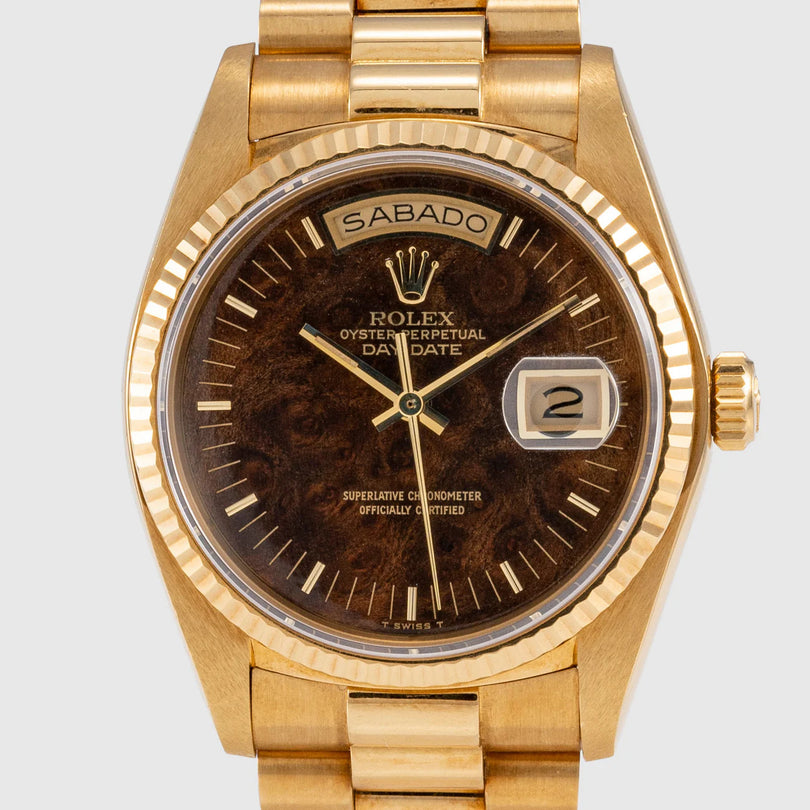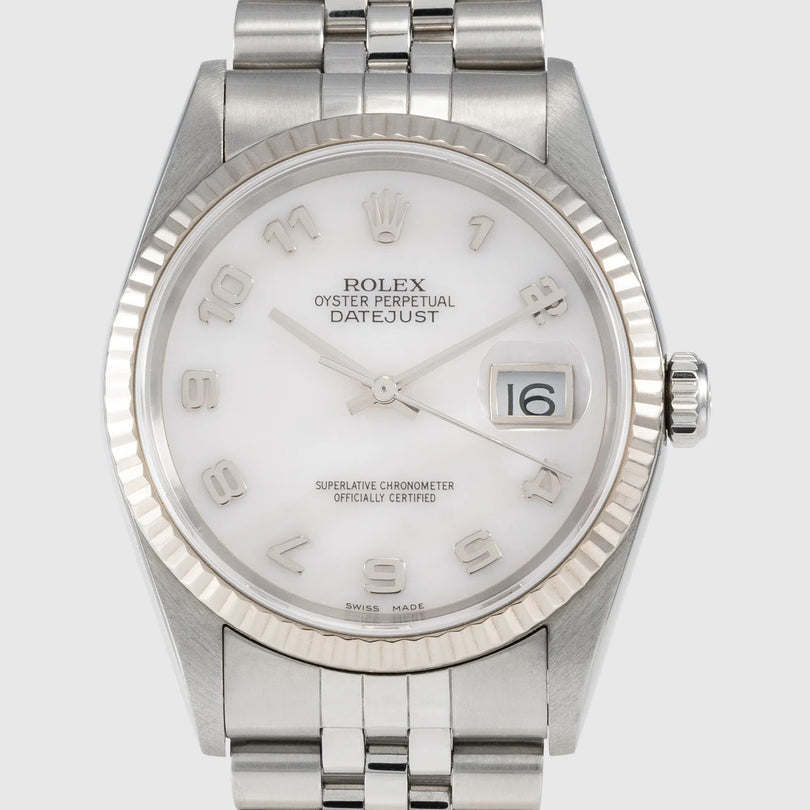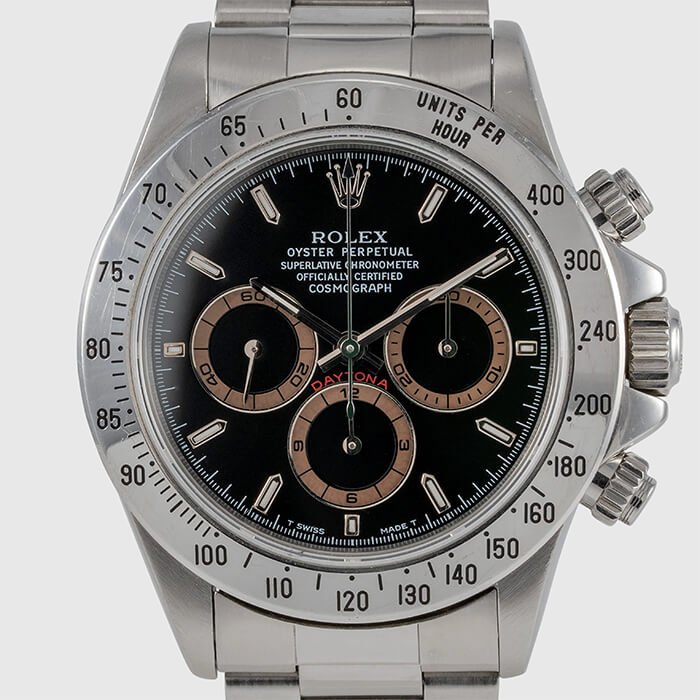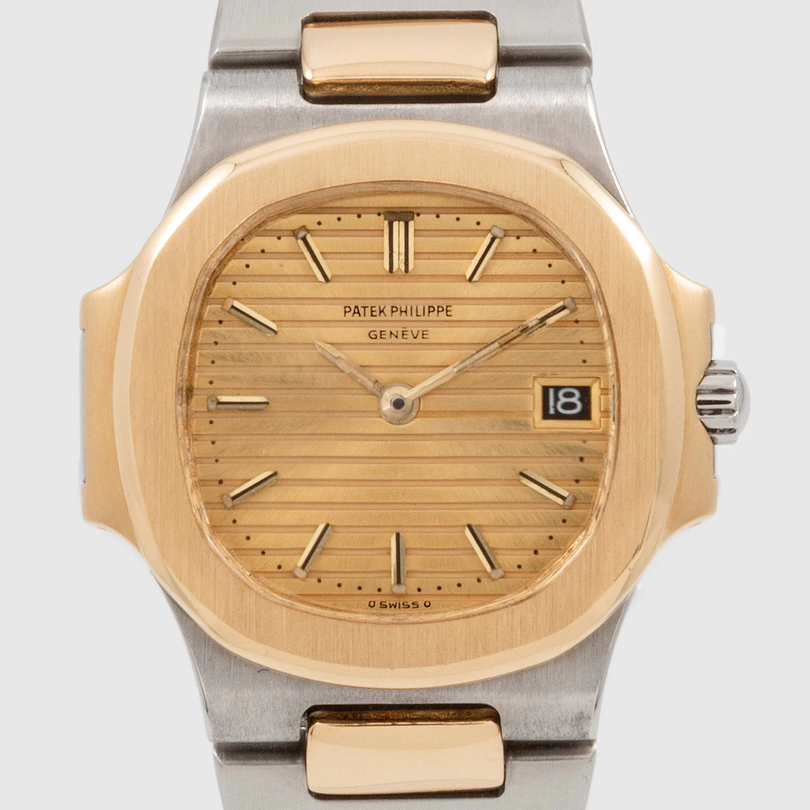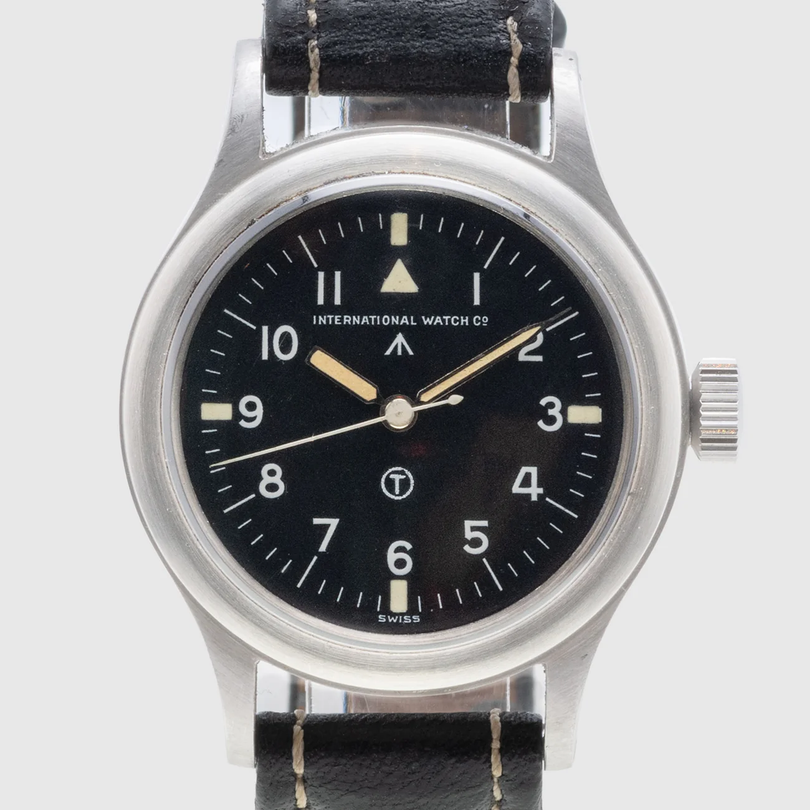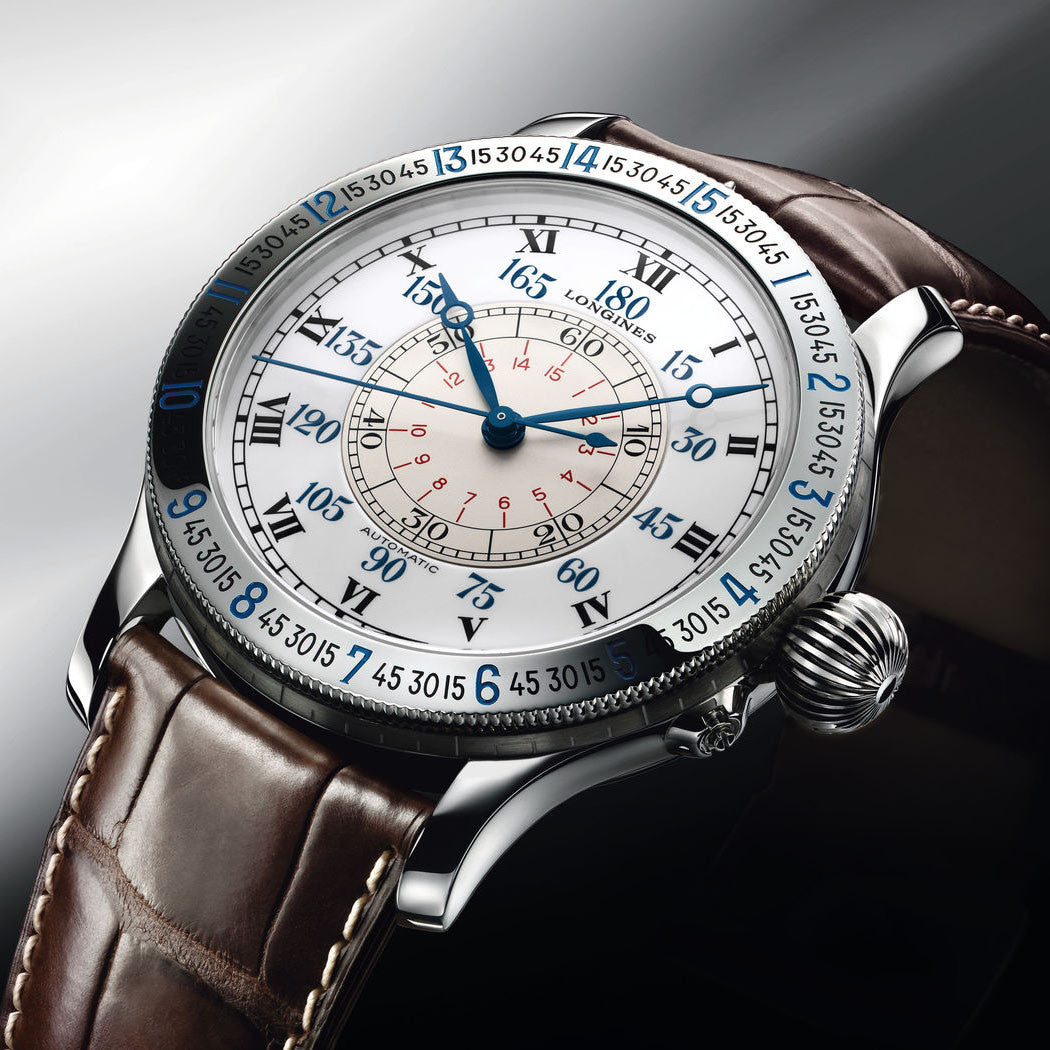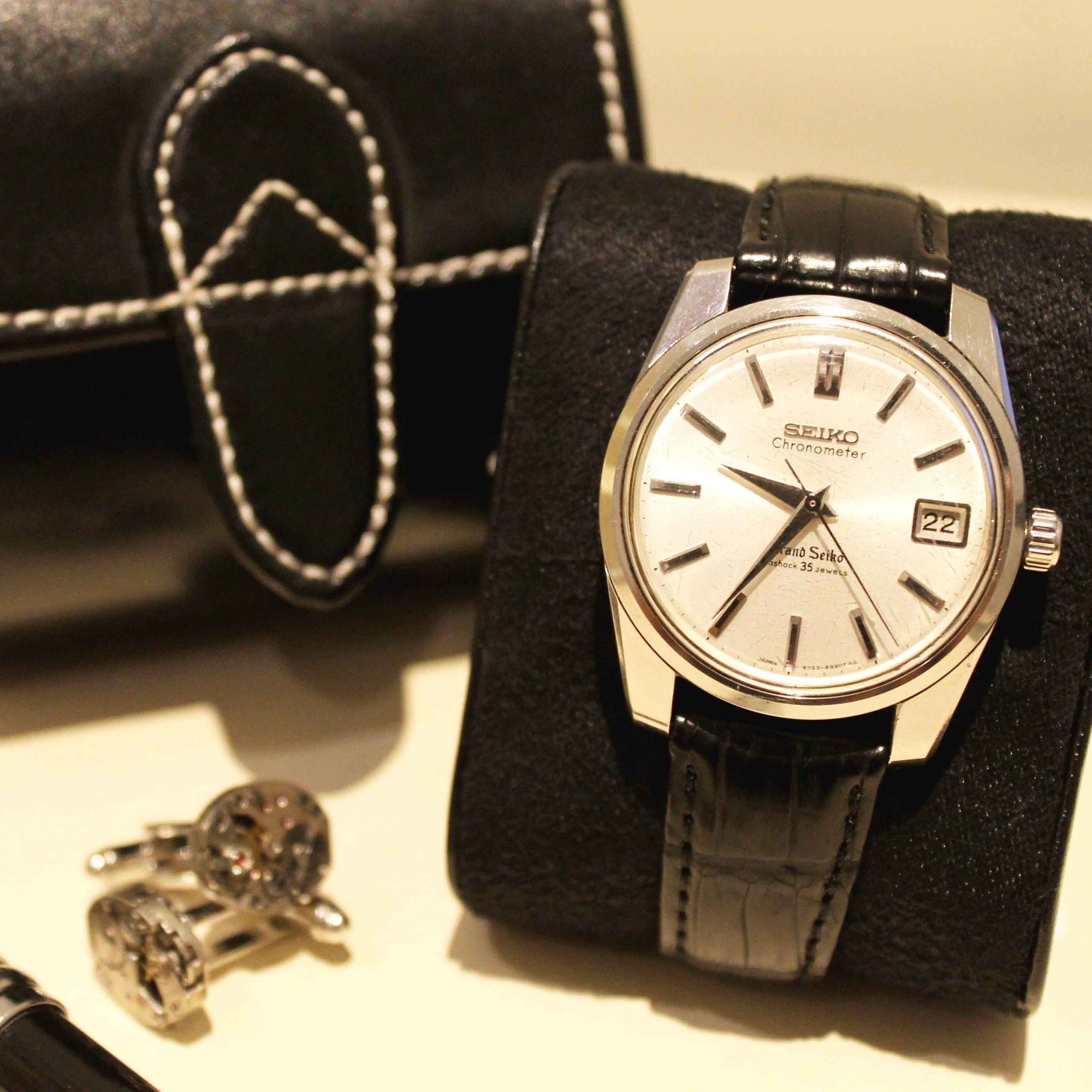As is the case with so many of the famous watch “manufactures”, current popularity is a reflection & appreciation of it’s history. In this article, we explore the fascinating history of the first true, professional diver’s watch. While neither would admit it in their marketing materials, Officine Panerai & Rolex worked together to develop and produce the watches that would create a loyal following and new generation of “tool” watches.

Founded in 1860 in Florence, Giovanni Panerai opened a small retailer that dealt in high-end pocket watches, later changing the name to Orologeria Svizzera. His son Guido continued the business and decided to diversify into mechanical engineering, design & fabrication. The Italian Navy’s success with combat swimmers led to heavy investment in diver’s instruments, particularly to support underwater demolition specialists (also known as “frogmen”). Based on these needs, Panerai developed strong ties with the Italian Navy to whom they supplied precision instruments such as compasses, depth gauges & timing devices. In 1915, Guido Panerai patented Radiomir, a radium-based substance used for illuminating instruments in the dark. Later, radium was found to be extremely radioactive, nearly 1 million times more radioactive than uranium and was replaced by tritium. In 1925, Guido, with son Giuseppe, set-up “Guido Panerai e figlio” with the main activity being trading of watchmaking tools and supplies. This transitional period is perhaps the most relevant to watch collectors.
In 1935, the Italian Navy requested Panerai to create a professional diving watch based on various requirements, mainly that the watch be waterproof, the dial should be highly visible under water & in darkness, and the watch be large to improve visibility. Panerai had a strong relationship with Rolex, and approached them to supply the watch movements & cases. While water-resistant watches were already developed, a true diver’s watch had not yet been created. In a 1935 Rolex catalogue, we can find the reference 2533, a 47mm Oyster pocket watch that had been adjusted to wear as a wrist watch. As can be imagined, this was considered a huge & unsightly watch; but function over form was the call. Further to rotating the watch 90 degrees so that the crown is at 3 o’clock rather than 12, wire lugs were soldered to the side. Given there were no removable spring bars, the leather straps had to be stitched onto the watch. These straps were quite special & are highly sought after by collectors; treated with oils & resins, they could be worn in both sweet & salt water with the simple requirement that they be rinsed after a dive. The watch prototype, maintaining the same reference as the Rolex 2533, was received positively.
Between 1936 and 1938, Panerai worked with Rolex & the Italian Navy to refine its watches, producing nearly 600 models of the follow-up reference 3646, which became the distinctive Panerai case shape. Some of these 3646 included the art deco inspired “California” dial, with Roman numbers on the top half of the dial and Arabic numerals on the bottom half. In 1943, the 6152/1 was introduced with the improved physical feature of a protected crown guard. Since the watches were manually wound, the crown gaskets would wear down; the crown guard provided additional protection & maintained the water resistance, which was a record 200 meters. 300 examples of the 6152 were made. The last historic reference was the 6154, made by special request of the Egyptian Navy. This is the second rarest Panerai with only 30 examples delivered.
While Panerai’s history deserves the attention it receives, perhaps equally important is that the nearly 2,000 pieces jointly made by Panerai & Rolex between the 1930s & the 1950s inspired an entire generation of “tool” watches. These can be defined as a watch built for a specific purpose and that could withstand the stress & strain of harsh environments. Rolex learned as much from the production process as Panerai. The Rolex Submariner, released in 1953 to wide acclaim, and the Radiomir share more than their forms would indicate.
A Famous Battle
In November 1941, about a year after the start of WW2, Benito Mussolini sought to take control the Mediterranean, which he referred to as “Mare Nostrum” or “Our Sea” (interestingly this name was later used by Panerai for their chronograph model). In particular, the Italian Navy was instructed to attack 2 British ships, the Queen Elizabeth & the Valiant, stationed at Alexandria and blocking the Italian’s access to Libya. Mussolini had invested heavily in the Frogmen, who had developed an elite naval sabotage unit, nicknamed “Pig” or “Hog” due to being slow & difficult to maneuver. It was essentially a small torpedo that could be ridden by 2 frogmen, in a manner similar to a tandem motorcycle. They had a range of 75km at a leisurely pace of 2.3 knots, but could deliver a significant payload of 250 kilograms of explosives. On 18th of December, 3 pigs carrying 6 men were able to infiltrate the port, which was protected by metal nets with explosive triggers. After rigging the ships, the crew was caught & interrogated by the British on one of the rigged ships! With minutes to spare, Lieutenant De La Penne, no doubt looking nervously at his Panerai, warned the British to save the crew and desert the ship. In the ensuing chaos, the Italians were able to escape. Commenting on the event, Winston Churchill declared the mission “… an extraordinary example of courage & geniality”. After the war, the British High Command awarded De La Penne a gold medal of valor for saving the British sailors. Panerai was so successful that it would find use among the Kampfschwimmers (German Combat Divers) in addition to the Egyptian Navy, as mentioned above.

http://1.bp.blogspot.com/

